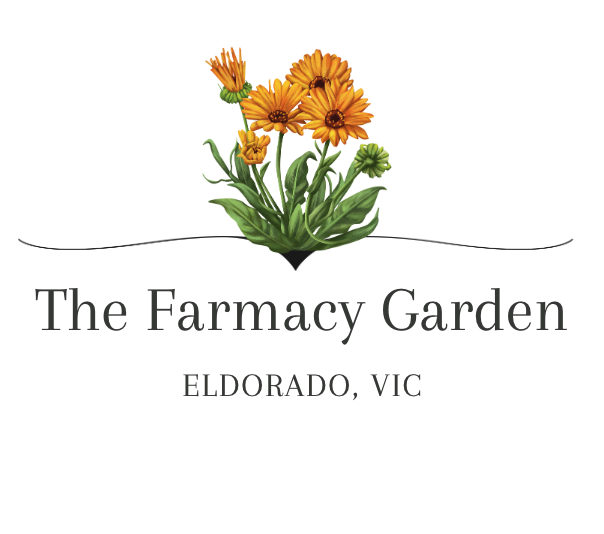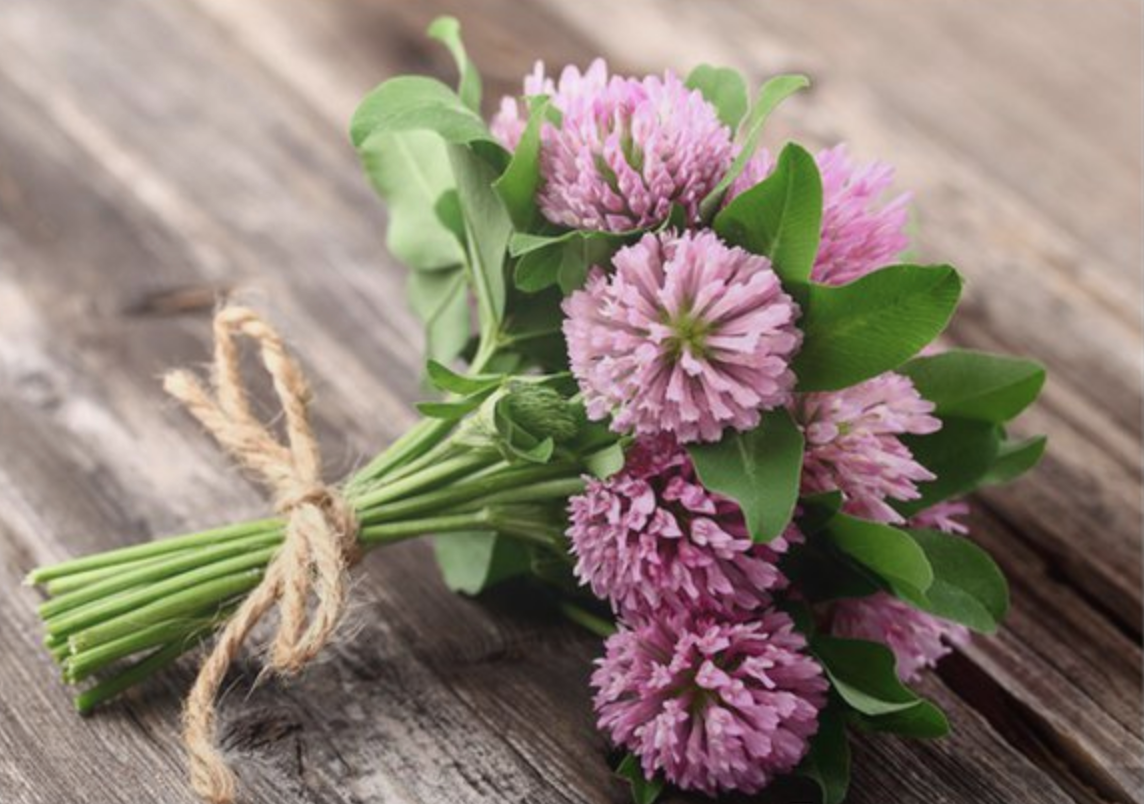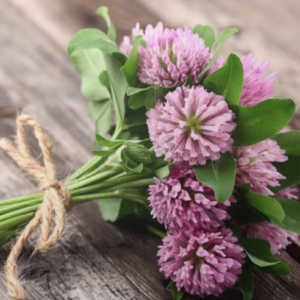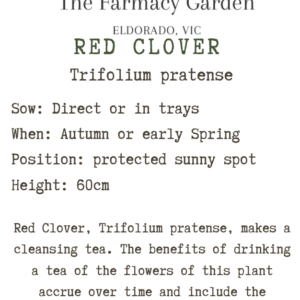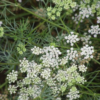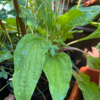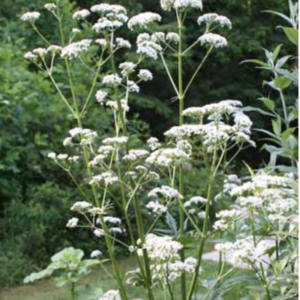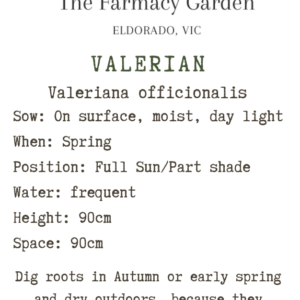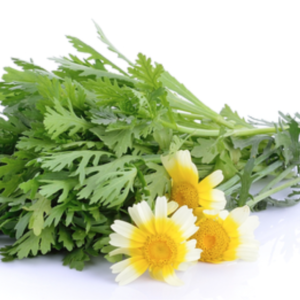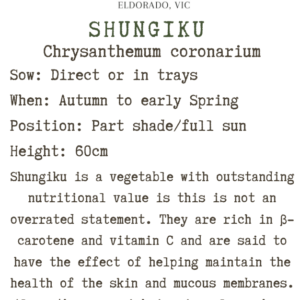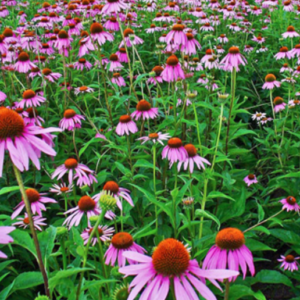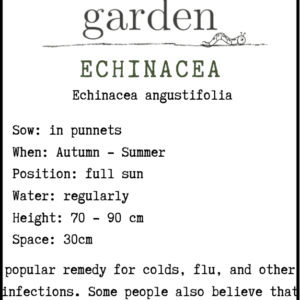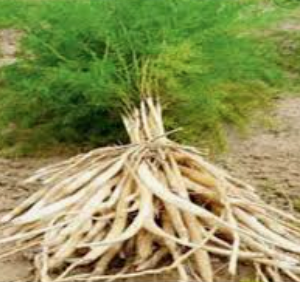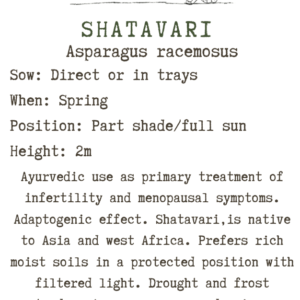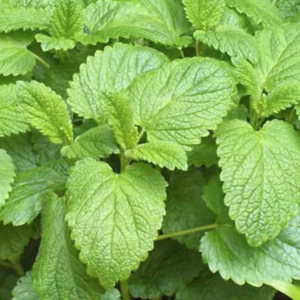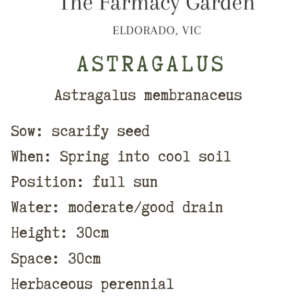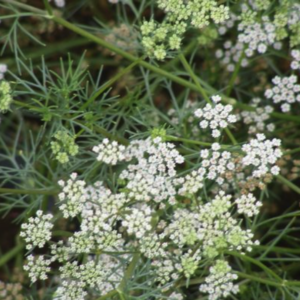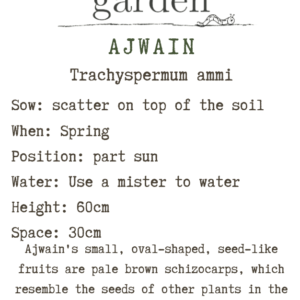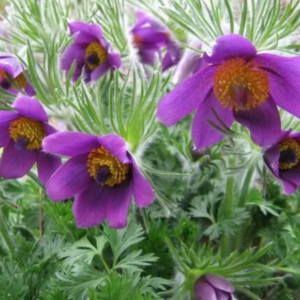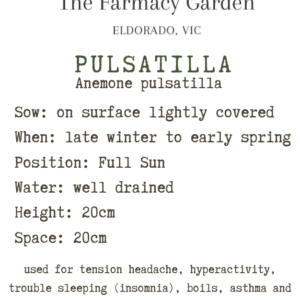Red Clover Seeds, Trifolium pratense
$4.50
Red Clover is a short-lived perennial with tight, round clusters of small pinkish-red flowers. The flowers attract bees to the garden.
Growing Tips:
Red clover grows best in full sun or light shade. Red clover is tolerant of frosts and will grow well on poor soils providing they are free-draining. Red clover requires supplementary watering to grow best, especially when young. Red clover will grow slowly over Winter but rapidly during warmer parts of the year. Red clover will self-sow in optimal conditions. Red clover may struggle to grow if soil pH is too alkaline.
When to Sow:
In cold and mountainous regions of Australia sow red clover seeds from mid to late Spring. In temperate regions of Australia sow red clover seeds during Spring. In subtropical regions of Australia sow red clover seeds from early Autumn to early Spring. In tropical regions of Australia sow red clover seeds during the dry season from mid Autumn to mid Winter.
How to Sow:
Ideally red clover seeds should be sown about 8mm deep, with 10cm spacing between plants. Red clover can be surface sown onto garden beds that have been raked to a fine tilth. Rake again after sowing to cover the seeds. Water seeds in well or germination will be slow and erratic.
Germination Time:
Red clover seeds germinate quickly, with seedlings emerging 7 to 14 days after sowing.
Time to Flowering:
Red clover will reach maturity and start flowering 10 to 12 weeks after sowing in optimal growing conditions.
Red clover supplements have been promoted for menopause symptoms and osteoporosis. Historically, red clover was used for asthma, whooping cough, cancer, and gout. Today, extracts from red clover are most often promoted for menopause symptoms, high cholesterol levels, or osteoporosis.
Related products
Flower Seeds
Medicinal Herb Seeds
Medicinal Herb Seeds
